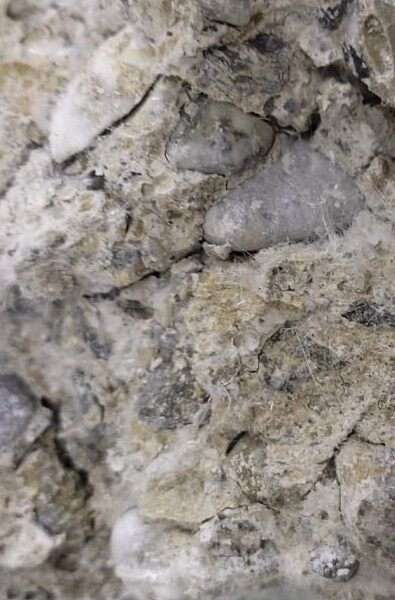The research activity, both with experimental and theoretical/numerical methods, concerns the analysis of traditional and innovative structural materials in environmental contexts characterized by highly deleterious physical and chemical phenomena. The main research topics, different by application but united by methods, are described in the following lists.

Chemical-physical-mechanical coupling in structural materials
- Experimental characterization through chemical and physical methods of diffusive-reactive processes in cementitious and ceramic materials stored in highly aggressive environments (off-shore structures, NPPs, radioactive waste repositories, tanks for the storage of industrial process liquids).
- Theoretical formulation and numerical implementation of non-linear models for the mechanical response of materials subjected to the aforementioned processes and evaluation of the residual bearing capacity.

Structural characterization of thin films for nuclear applications and photocatalysis
- Interpretation of physical (electron microscopy, Raman and Brillouin spectroscopy) and mechanical (nanoindentation) characterization measurements in nanostructured and compact thin films for structural and functional applications.
- Digital reconstruction of film morphologies and numerical calibration of constituent parameters through homogenization techniques.
- Thermomechanical analysis and evaluation of the load-bearing capacity of thin films in highly aggressive contexts (coating in lead-cooled fast nuclear reactors).

Structural composite materials for aeronautical applications
- Experimental characterization of Fiber Metal Laminates subjected to static load and dynamic impact.
- Advanced theoretical and numerical modeling of FML specimens and aeronautical structural elements subjected to impulsive loads.

Numerical procedures for the computational analysis of materials and structures
- Implementation of new and specific constitutive laws in commercial computer codes (UMAT -VUMAT in Abaqus environment).
- Development of specific codes for interfacing between structural analysis software and image files from electron microscopy aimed at the automatic generation of two/three-dimensional geometric models and subsequent high-fidelity structural analysis.
